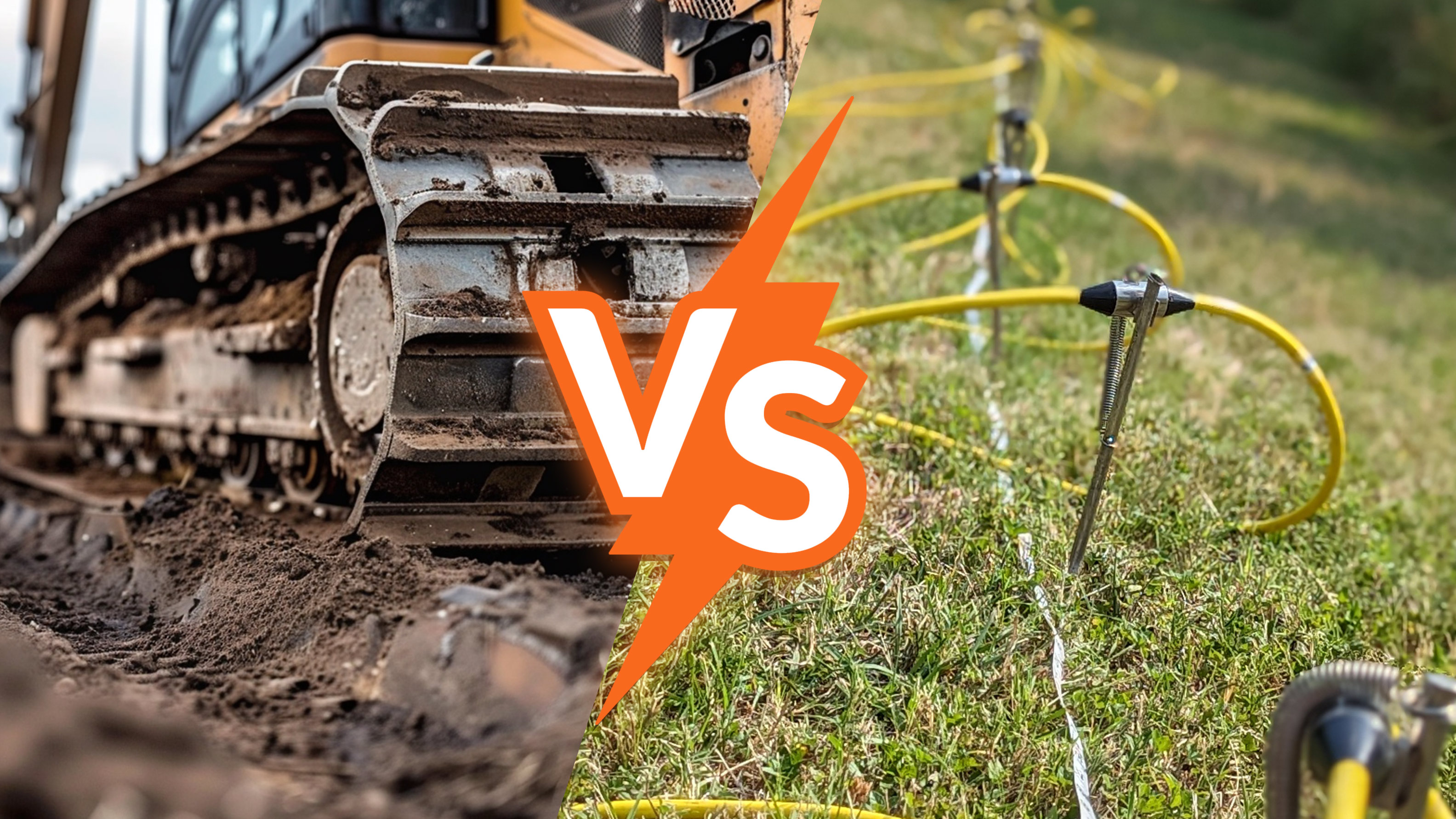
Exploring the depths below our feet has historically involved disruptive practices that were dangerous, harmed the environment, and were…well, pretty loud. We know the last one may not seem important, but we think it may have everything to do with today's techniques.
You see, in the span of about thirty years, we had two world wars. As you can imagine, the development and implementation of advanced technologies like radar became a top priority across the globe. Since tactical considerations were a significant concern, technological advancements were preferred to have a minimal impact—whether in terms of noise or other physical evidence—to avoid detection.
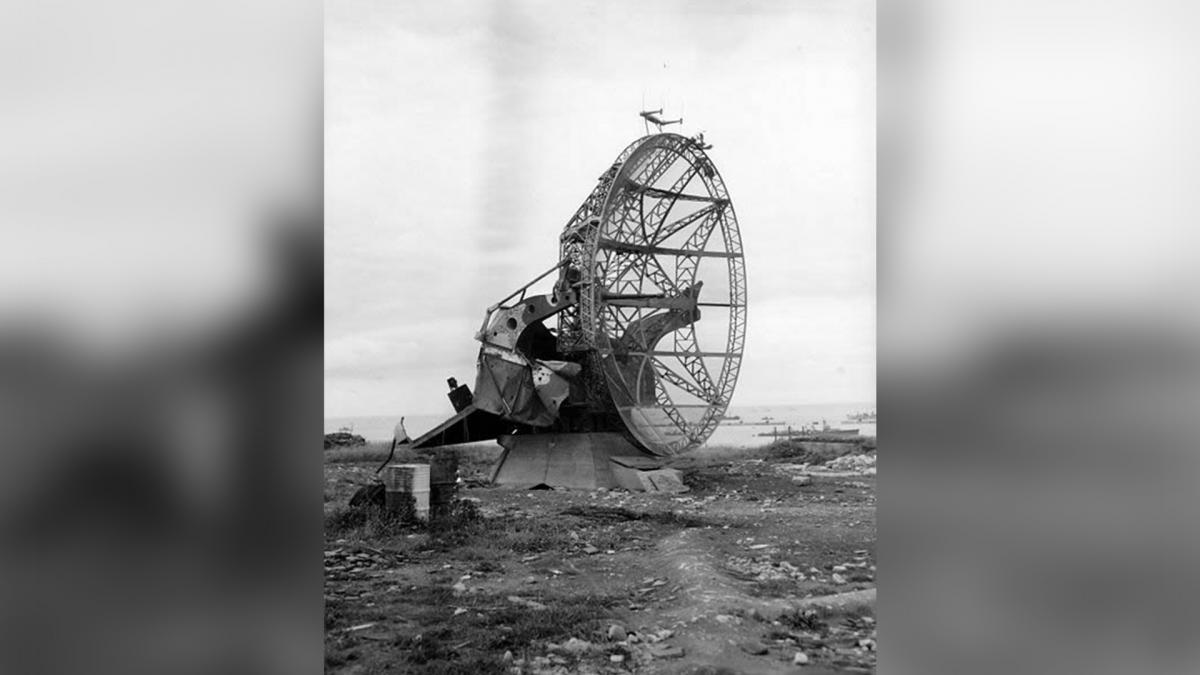
Above: This early radar device was used during World War II on the beach in Normandy.
On a more peaceful note, a growing emphasis on sustainability arose in the late 20th century. Thankfully, modern geophysics matured enough to present viable solutions—like Electrical Resistivity Imaging (ERI) and other non-invasive techniques.
What Is “Invasive” Exploration?
"Invasive" exploration techniques involve physical disruption of the subsurface through methods like drilling, trenching, or blasting. These approaches require direct contact with the ground, causing significant disturbance to natural habitats and ecosystems.
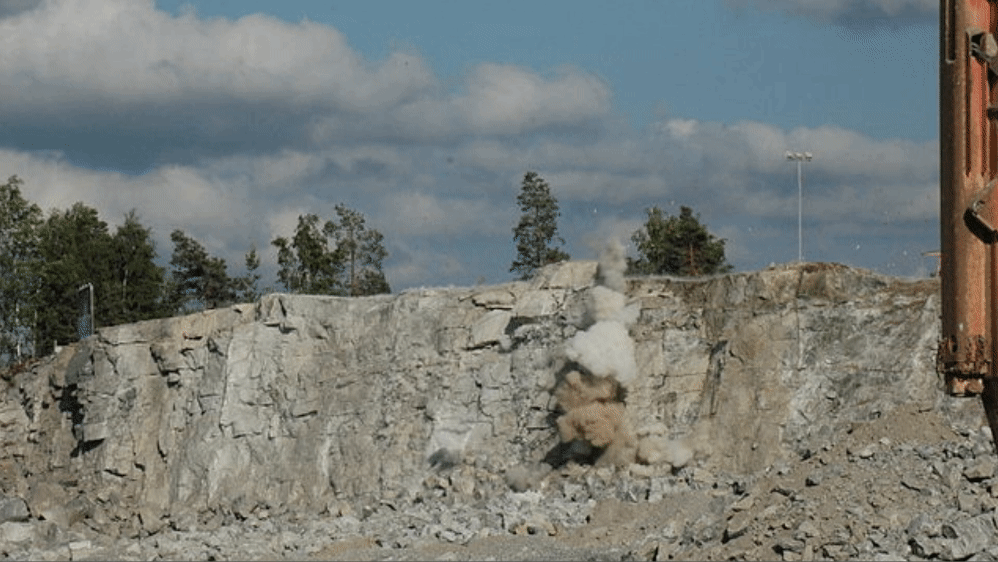
Above: An example of blasting as a means of exploration
Drilling involves boring into the ground for samples or installing equipment, trenching excavates to expose underground features, and blasting breaks through rock formations. While informative, these methods pose environmental risks such as habitat destruction and groundwater contamination. Thus, there's a growing preference for non-invasive methods that offer similar insights with minimal ecological impact.
What Makes ERI Non-Invasive?
ERI involves capturing valuable information about subsurface conditions through electrical currents passed through the ground. Analyzing the resulting voltage measurements gives insights into soil and rock types, slope stability, underground utilities, and potential environmental risks. The entire process is done above the surface and requires no drilling, blasting, or digging. And if a minor invasion is needed—like a borehole—ERI can be used to minimize the impact.
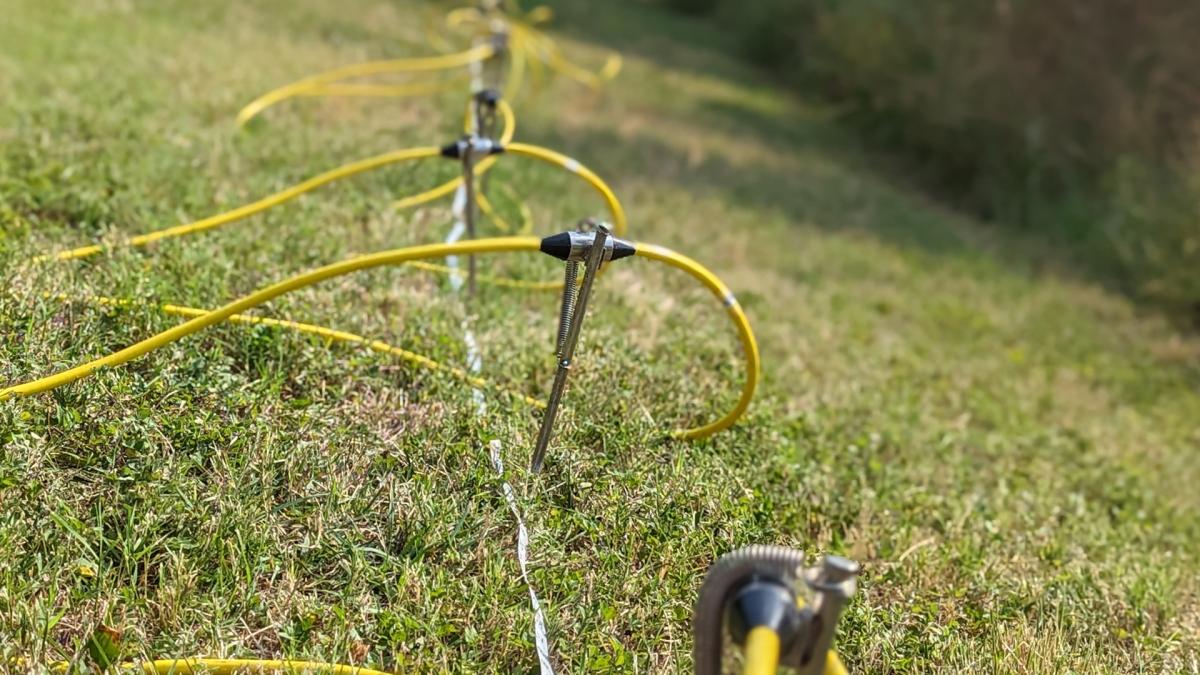
Above: An example of an line of electrodes used for an electrical resistivity imaging survey.
Other Non-Invasive Techniques
In addition to ERI, several other non-invasive geophysical methods offer valuable insights into subsurface structures. The methods aren't mutually exclusive. ERI partners well with other non-invasive geophysical techniques. Such synergistic approaches maximize the strengths of each technique, resulting in more robust and insightful subsurface assessments for a wide range of applications in civil engineering, groundwater exploration, prospecting, and construction projects. Let’s put a pin in that to revisit in a future blog post—for now, here is a brief overview:
Ground Penetrating Radar (GPR)
GPR employs radar pulses to image the subsurface, detecting variations in electromagnetic properties. It's handy for locating buried objects and utilities. Combining ERI with Ground Penetrating Radar (GPR) allows for comprehensive mapping of resistivity variations and electromagnetic properties, providing a more detailed understanding of subsurface structures and features.
Seismic Refraction Tomography (SRT)
SRT measures the velocity of seismic waves through subsurface materials, providing information about their composition and layering. Integrating ERI with SRT offers complementary information on subsurface velocity variations and resistivity contrasts, facilitating accurate delineation of geological interfaces and groundwater flow paths.
The Environmental Benefits of Non-Invasive Techniques
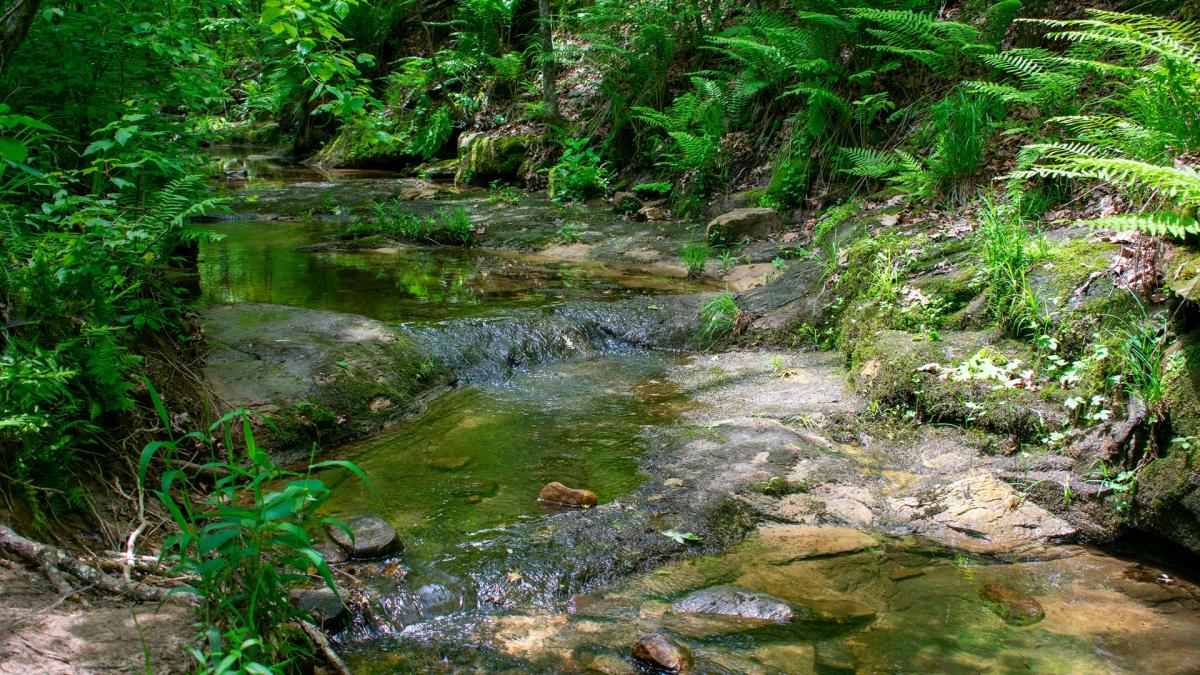
Reduced Environmental Impact
Non-invasive methods like the ones above minimize disturbance to natural habitats, preserving biodiversity compared to invasive techniques like drilling and blasting.
Protection of Groundwater
By avoiding direct contact with the subsurface, non-invasive techniques mitigate the risk of contaminating groundwater sources, ensuring their protection and sustainability.
Minimal Waste Generation
Unlike traditional invasive techniques that produce drill cuttings, explosives residue, and other byproducts, noninvasive methods generate little to no waste.
Beyond the Environment: Why Non-Invasive Techniques Make Sense
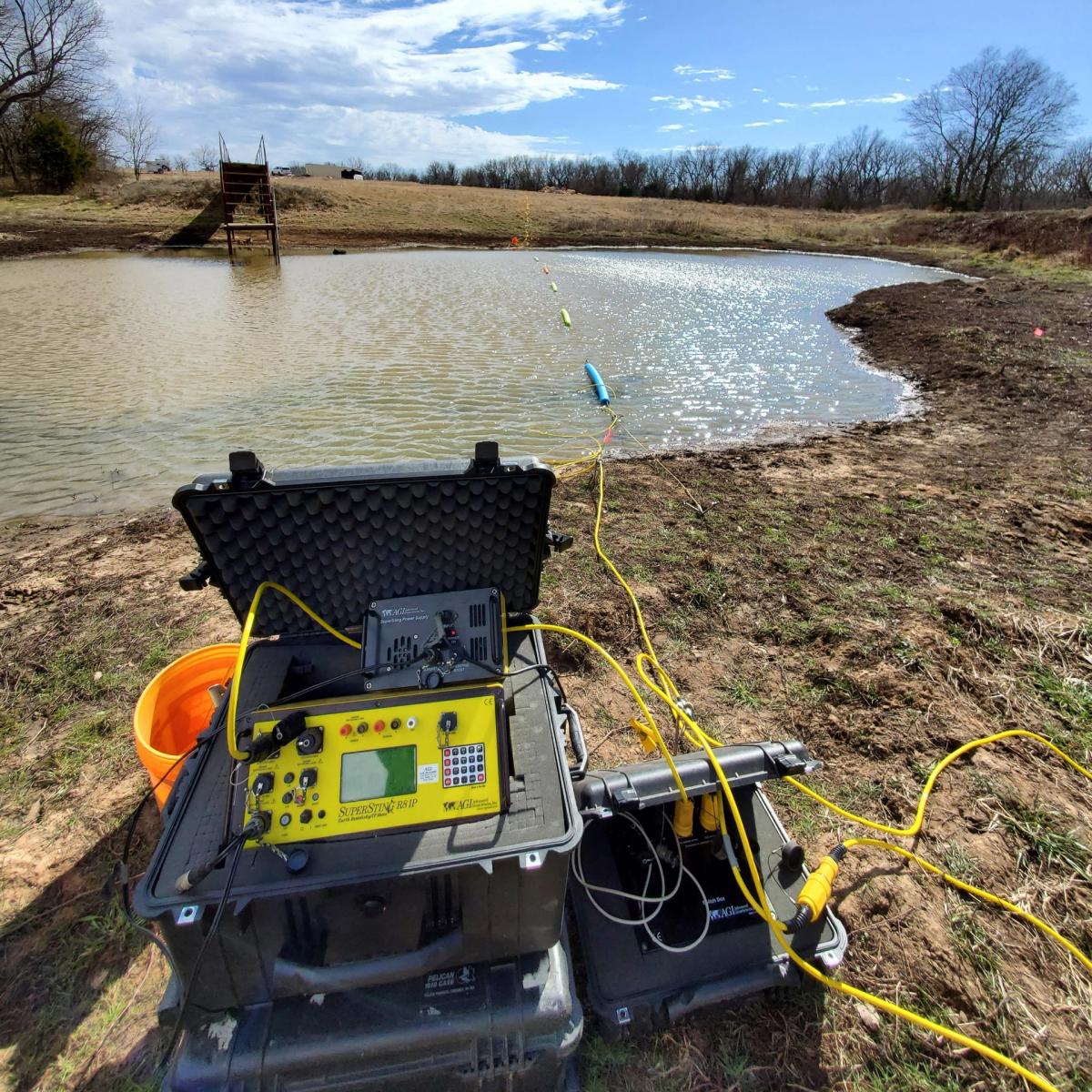
Photo credit: The United States Environmental Protection Agency
Cost Efficiency & Speed
Non-invasive techniques often prove more cost-effective than traditional methods, requiring fewer resources and less extensive site preparation. When you’ve got data on your side before you dig, you’re less likely to miss your target—thus saving time and money.
Enhanced Safety & Reduced Noise
Noninvasive techniques reduce on-site hazards by eliminating the need for drilling and excavation, ensuring safer operations for field teams and nearby communities. We’re sure those nearby communities will appreciate less drilling noise.
Versatility
These methods are adaptable to various terrains and settings, offering flexibility in exploration projects from rural landscapes to urban environments.
Conclusion
Using environmentally friendly techniques is a crucial aspect of adopting sustainable practices. Non-invasive geophysical methods, such as Electrical Resistivity Imaging, can provide precise insights into subsurface conditions without harming the environment.
These methods combine modern technology with a green approach, promoting responsible and efficient exploration practices. As we move towards a more sustainable future, these techniques represent a step in the right direction.
Want to talk more? Connect with us on LinkedIn, Facebook, or Contact Us

